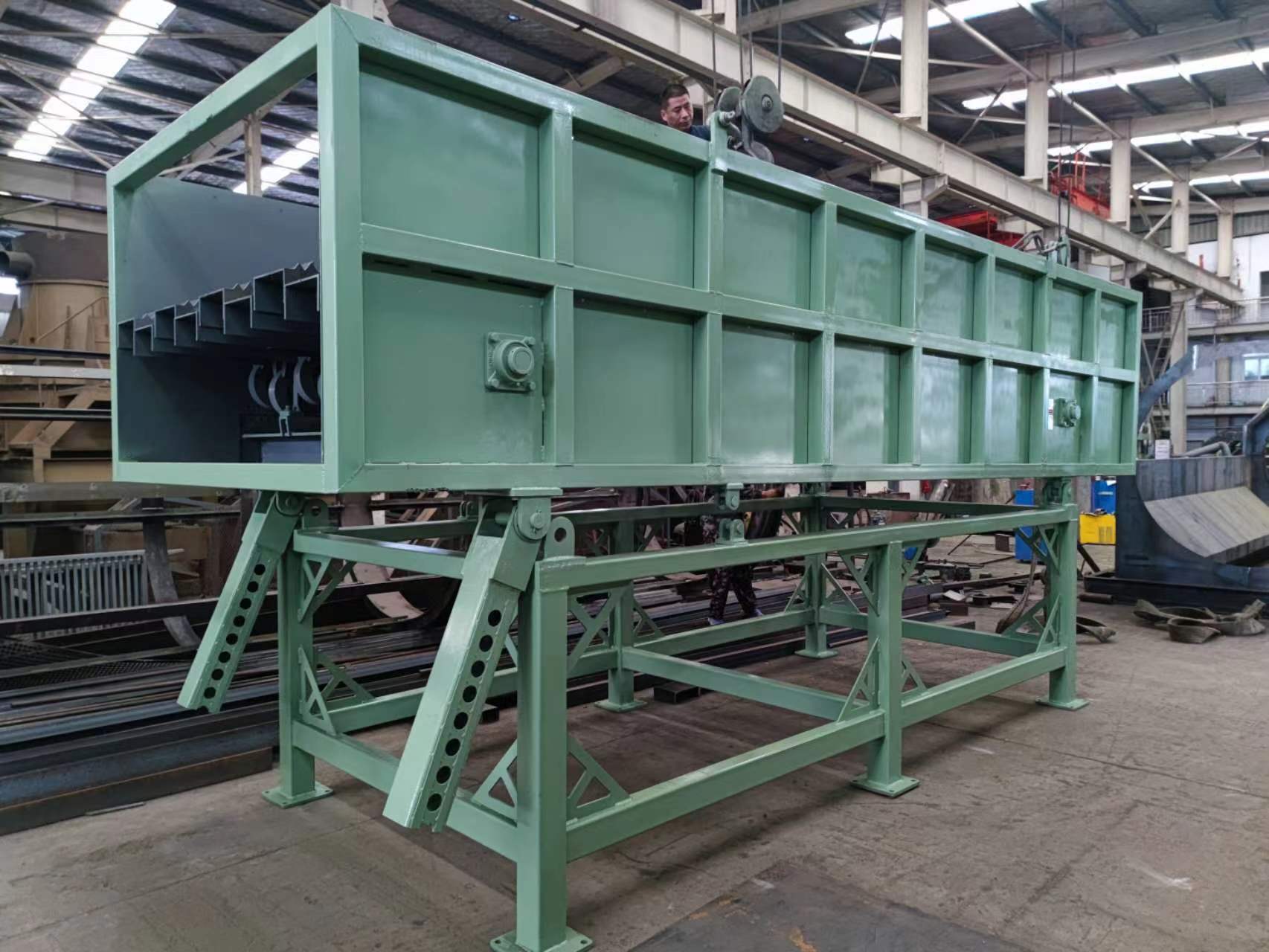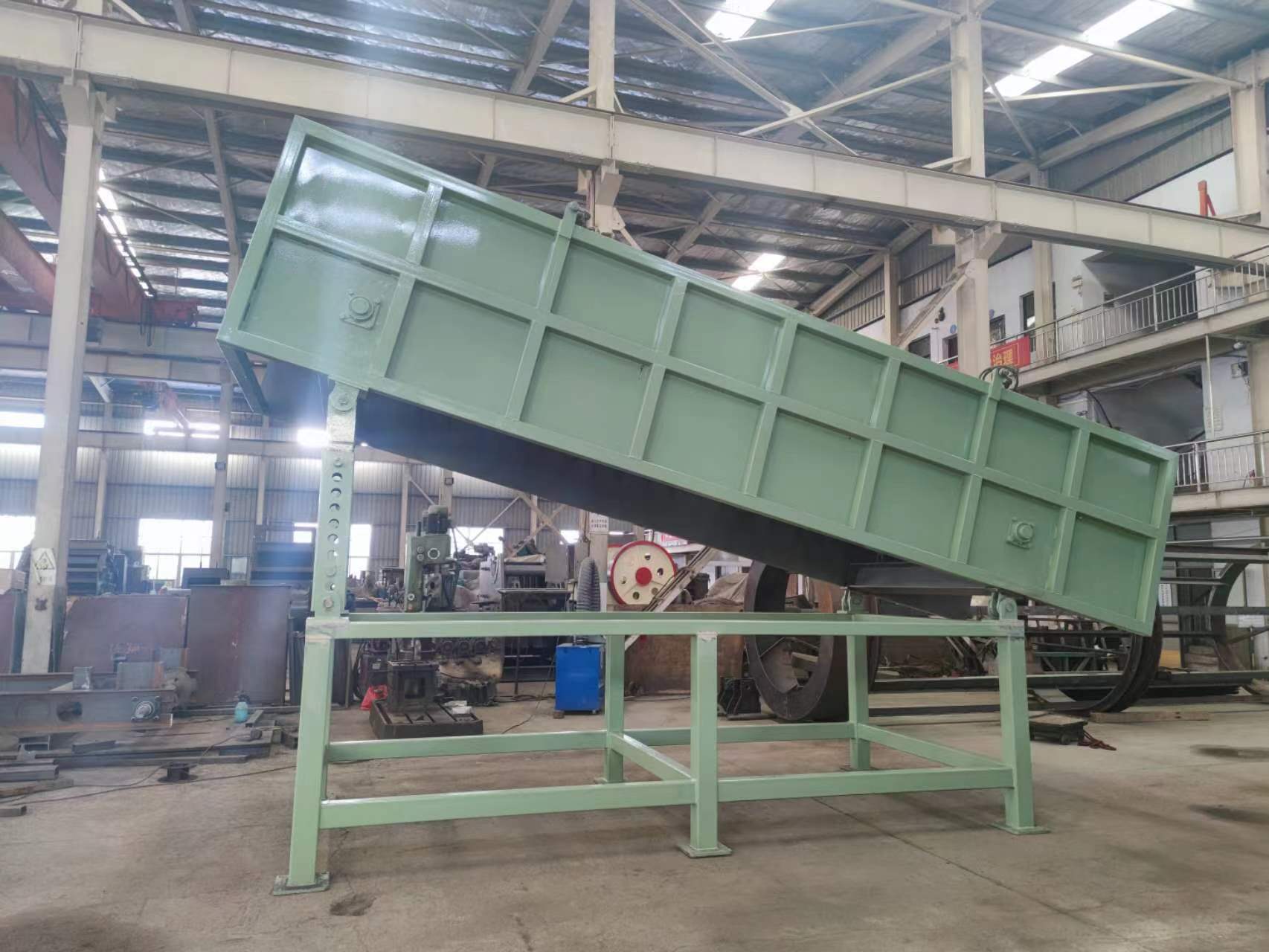Elevating Industrial Sorting: Bounce Screens Lead the Way
Introduction:
A Ballistic Separator, often referred to as a ballistic separator or ballistic sifter, is a key component in modern waste management and recycling plants. It is specifically designed to sort materials based on their ballistic properties, which include the way they behave when subjected to a combination of air currents and mechanical agitation. These separators are particularly useful for sorting plastic containers, as well as other rigid and flexible materials, from mixed waste streams.

Working Principle:
The ballistic separator operates on the principle of using a combination of mechanical agitation and airflow to separate materials according to their shape, size, and density. Here’s how it works:
Material Introduction:
- The mixed waste stream, containing various types of plastic containers and other materials, is introduced into the ballistic separator.
Mechanical Agitation:
- Inside the separator, the waste is subjected to mechanical agitation, often through a series of rotating paddles or discs.
- This agitation helps to break up any clumps and ensure that the materials are evenly distributed.
Air Currents:
- Air currents are directed through the separator to help lift lighter materials, such as films and foils, away from heavier items like bottles and containers.
- The air currents are carefully calibrated to achieve the desired separation.
Separation Based on Shape and Density:
- The mechanical agitation and air currents work together to separate materials according to their shape and density.
- Rigid materials, such as bottles and containers, tend to roll forward, while lighter and more flexible materials, like films, tend to rise and float back.
Discharge of Sorted Materials:
- The sorted materials are then discharged from the separator through different outlets.
- Typically, there are separate outlets for rigid plastics (e.g., bottles), flexible plastics (e.g., films), and non-plastic materials.
Further Processing:
- Once separated, the materials can be further processed, such as shredding, washing, or pelletizing, depending on the specific requirements of the recycling process.
Applications:
- Recycling Facilities: Ballistic separators are essential in sorting centers where mixed waste streams need to be separated for recycling.
- Plastics Recycling: They are particularly effective for sorting various types of plastic containers, which can then be processed into new products.
- Waste Management: They help reduce contamination and improve the quality of recycled materials.
By efficiently sorting materials, ballistic separators play a crucial role in optimizing the recycling process and ensuring that valuable resources are recovered and reused effectively.
Applications and Industries:
Plastics Recycling:
- Sorting Centers: Ballistic separators are a core component of many sorting centers where mixed waste streams are processed. They help in separating plastic containers from other materials, such as paper, cardboard, metals, and glass.
- Reprocessing Plants: These separators are used in reprocessing plants where plastic containers are sorted and prepared for further processing into new products.
Waste Management:
- Municipal Solid Waste (MSW) Processing: Ballistic separators are used in the processing of municipal solid waste to separate recyclable materials from non-recyclables.
- Industrial Waste Processing: They are also used in the processing of industrial waste, especially in industries that generate significant amounts of plastic waste.
Packaging Industry:
- Post-Consumer Recycled (PCR) Content: Packaging manufacturers use recycled plastic containers as part of their sustainability efforts. Ballistic separators help ensure that the recycled content is of high quality and free from contaminants.
Manufacturing:
- Automotive Industry: Recycled plastics are used in the automotive industry for components like interior trim and under-the-hood parts.
- Building and Construction: Recycled plastics are used in construction materials such as fencing, decking, and insulation.
Agricultural Industry:
- Greenhouse and Horticulture: Recycled plastic containers can be used for planters and other horticultural applications.
Textile Industry:
- Yarn and Fiber Production: Recycled plastics can be converted into fibers and yarns for textile production.
Consumer Goods:
- Household Products: Recycled plastics are used in the manufacture of household products, such as storage containers and kitchenware.
Environmental Services:
- Waste-to-Energy: Ballistic separators can help in the preprocessing of waste before it is used as fuel in waste-to-energy facilities.
Benefits:
- Efficiency: Ballistic separators increase the efficiency of the recycling process by quickly sorting large volumes of materials.
- Quality: They help ensure the quality of the recycled materials by removing contaminants.
Cost Savings: By improving the quality and purity of the recycled materials, these separators help reduce the overall cost of recycling operations.

-
 Trommel screenTrommel screen, also known as drum screens, are widely used in various industries for sorting and separating materials.Get Quote
Trommel screenTrommel screen, also known as drum screens, are widely used in various industries for sorting and separating materials.Get Quote -
 Crop straw double shaft shreddApplications:Biomass Energy Production: Shredded straw can be used as a feedstock for bioenergy plants to produce electricity or heat.Livestock Feed: Reduced-si...Get Quote
Crop straw double shaft shreddApplications:Biomass Energy Production: Shredded straw can be used as a feedstock for bioenergy plants to produce electricity or heat.Livestock Feed: Reduced-si...Get Quote -
 Zhongcheng Air Drum SeparatorAir drum separators effectively separate lightweight materials (e.g., plastics, paper) from heavier materials (e.g., metals, glass). This high efficiency is cru...Get Quote
Zhongcheng Air Drum SeparatorAir drum separators effectively separate lightweight materials (e.g., plastics, paper) from heavier materials (e.g., metals, glass). This high efficiency is cru...Get Quote
-
2023-01-12Disc ScreenDisc screen, also known as a disc scalping screen, is a mechanical device used to separate materials based on size. It is commonly used in industries such as wa...
-
2024-08-06Plastic double shaft shredderOperation:Feeding: The plastic material is fed into the shredder through the infeed system.Shredding: As the material enters the shredding chamber, the rotating...
-
2023-01-12Impact CrusherImpact crusher is a type of machine designed to reduce large rocks, ores, and other hard materials into smaller, more manageable pieces. This equipment is widel...
-
2024-07-16Twin-shaft shredders: ideal for efficient processing of waste and recycling materialsA double-shaft shredder is a mechanical device used to process waste and recycle materials. Its main feature is that it has two rotating shafts with serrated bl...
-
2024-06-08Five factors influencing the output of a drum screen.The input efficiency and separation efficiency of the drum screen are controlled by the screen hole size, drum screen diameter, rotation speed, baffle type and ...



